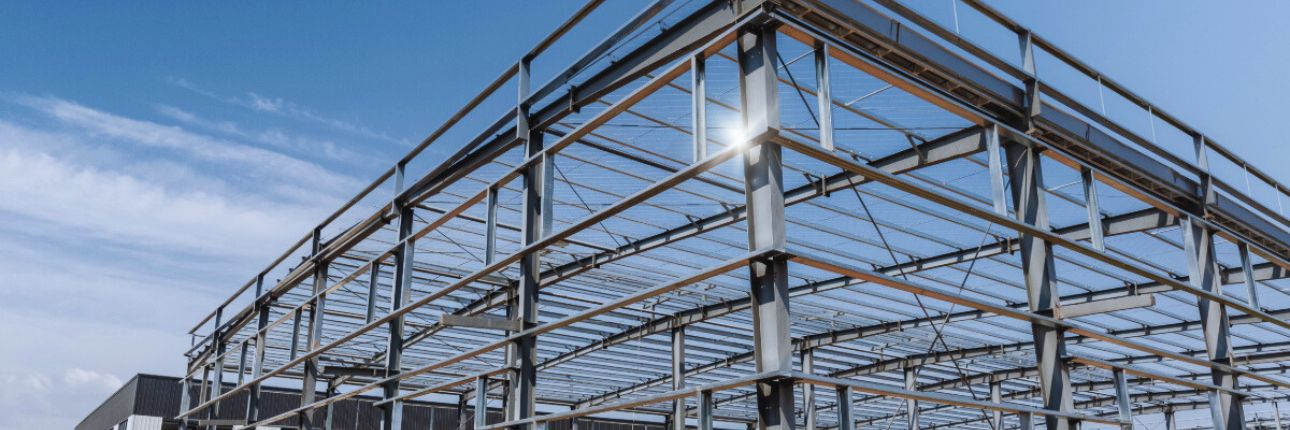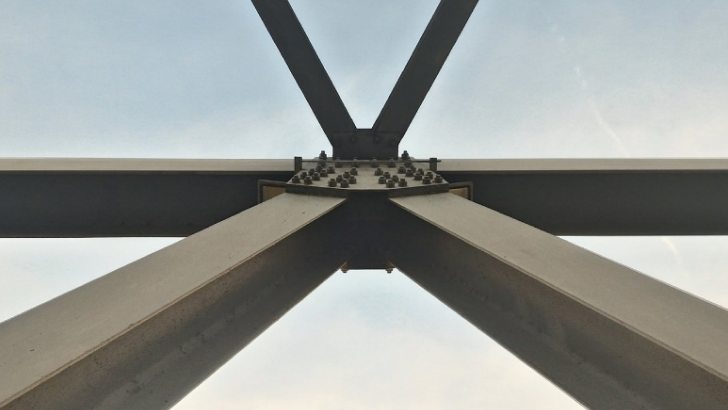
When it comes to construction projects, selecting the right materials and components is crucial to ensuring the safety, stability, and longevity of the structure. Among the various choices available, steel stands out as one of the most reliable and versatile construction materials. Steel channels and steel angles are two common structural elements used in construction, each with its own unique characteristics and applications.
Steel Channels: The Backbone of Structural Support
Steel channels are long, U-shaped components made from steel that resemble the letter “C” when viewed in cross-section. They are popular choices for providing structural support in a wide range of construction applications. Steel channels come in various sizes and thicknesses, making them suitable for diverse projects, from small-scale residential construction to large industrial complexes.
Advantages of Steel Channels
- Stability and Load-Bearing Capacity: Steel channels are designed to bear heavy loads and resist bending and twisting forces. Their shape provides superior strength and rigidity, making them ideal for vertical and horizontal support in structures.
- Versatility: The design of steel channels allows for easy connections with other structural elements, such as beams, columns, and plates. This versatility enhances their compatibility with different construction designs.
- Cost-effective: Due to their efficient design and manufacturing process, steel channels offer a cost-effective solution for structural support. Their strength-to-weight ratio contributes to minimising material usage while maximising load-bearing capacity.
- Ease of Installation: Steel channels are relatively simple to install, thanks to their straightforward shape and standardized dimensions. This ease of installation can save both time and labour costs during construction.
Best Use Cases for Steel Channels
- Supporting roof trusses and purlins in commercial and industrial buildings
- Creating structural frames for bridges and elevated walkways
- Forming the framework for mezzanine floors in warehouses and retail spaces
- Reinforcing window and door openings in masonry structures
Steel Angles: Versatile Cornerstones of Construction
Steel angles, also known as angle irons or L-brackets, are L-shaped components made from steel. Their distinctive shape makes them valuable assets in construction, providing stability, reinforcement, and structural integrity to a variety of projects.
Advantages of Steel Angles
- Reinforcement: Steel angles are excellent for reinforcing corners and joints, adding strength to connections that might experience lateral forces or torsion. Their shape helps distribute stress evenly across the joint.
- Flexibility: Steel angles are available in various sizes and lengths, making them adaptable to a wide range of construction scenarios. Their versatility allows for creative designs and solutions.
- Aesthetic appeal: In addition to their functional benefits, steel angles can contribute to the aesthetic appeal of a structure when integrated into the design.
- Support and Bracing: Steel angles can be used as diagonal bracing elements to prevent lateral movement and provide stability, especially in structures prone to wind loads or seismic forces.
Best Use Cases for Steel Angles
- Reinforcing corners and joints in concrete and masonry walls
- Creating frames for shelving units and racks
- Supporting and aligning steel beams and columns
- Building trusses and frames for small-scale structures like carports and utility sheds
JSP is the manufacturer of hot rolled equal leg angles which are available in a variety of grades and sizes, making it ideal for structural applications, general fabrication, machining and repairs. JSP offers the tapered flange channel which is available in a wide range of sizes and thicknesses. The shape provides superior structural support, making it an ideal product for frames and braces used for machinery, enclosure, vehicle, building and structural support applications. Steel channels and steel angles each bring their own unique advantages to the table, catering to different construction requirements. Steel channels shine as sturdy load-bearing members that offer stability and support in various configurations, while steel angles excel in reinforcement, connection, and bracing applications. Ultimately, the choice between steel channels and steel angles depends on the specific demands of the construction project and the desired outcomes for the finished structure. Builders can make informed decisions that ensure the success and longevity of their construction endeavours.

